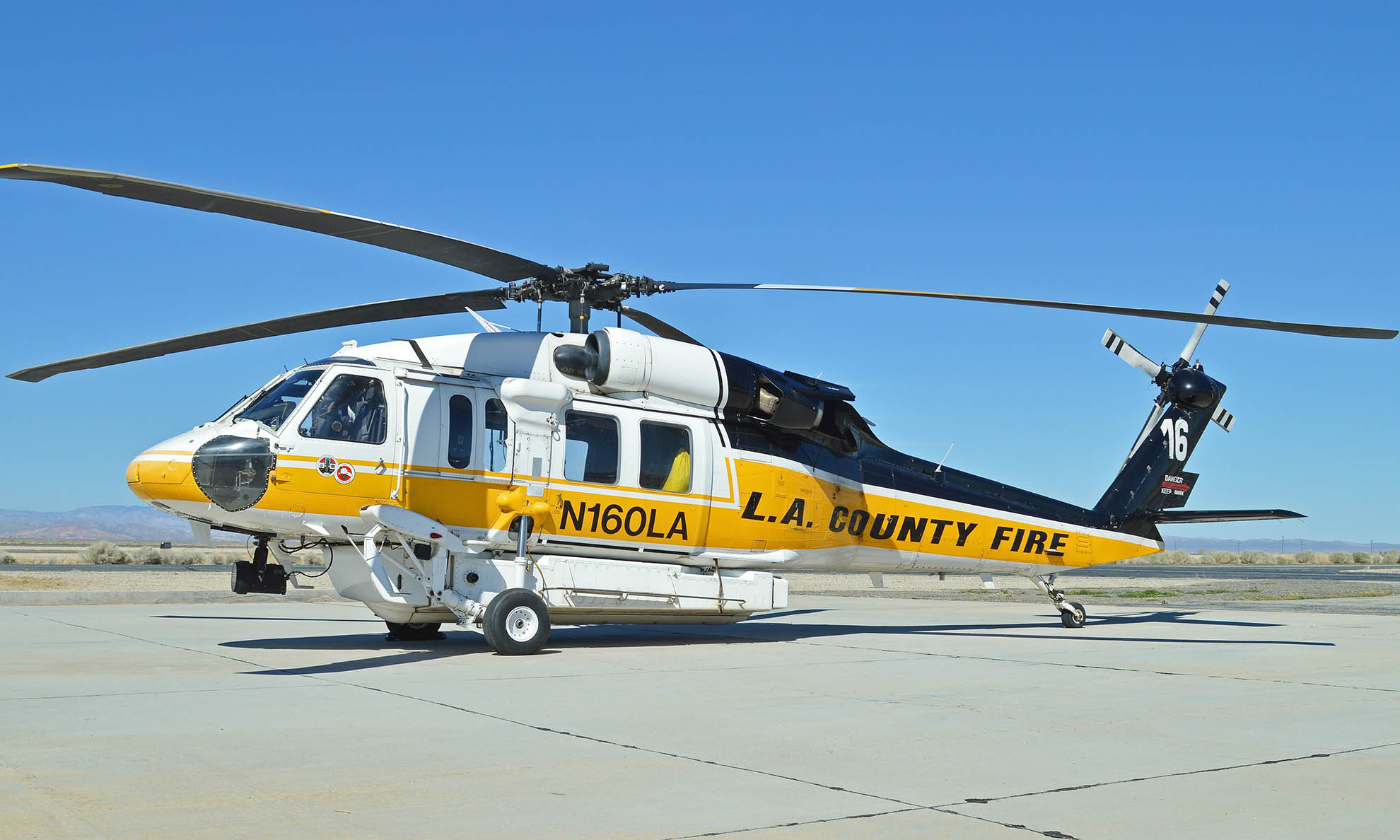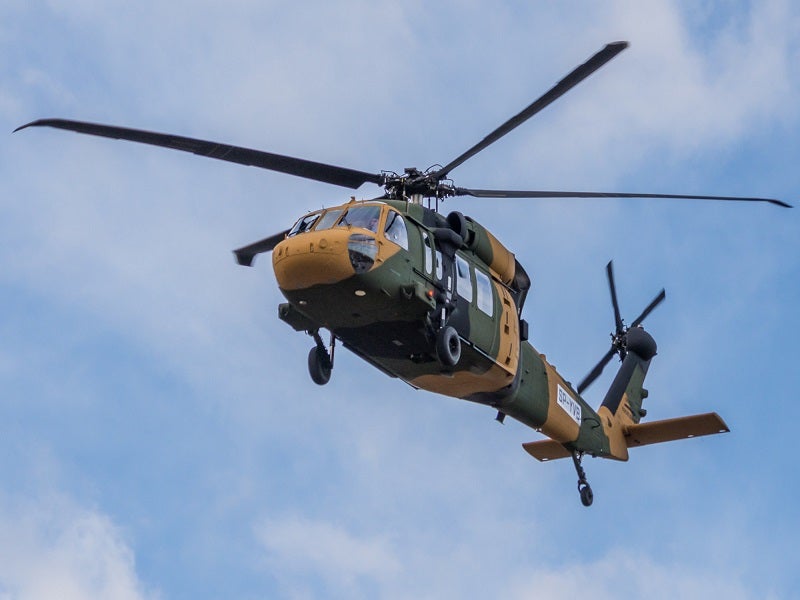Sikorsky S 70: Revolutionizing Tactical Operations with Cutting-Edge Technology
Sikorsky S 70: Revolutionizing Tactical Operations with Cutting-Edge Technology
Blog Article
High-Performance Multi-Role Rotorcraft Featuring Advanced Cabin Technologies and Integrated Sensor Solutions
The realm of rotorcraft modern technology has actually seen remarkable improvements in current times, especially in the world of high-performance multi-role rotorcraft geared up with innovative cockpit modern technologies and seamlessly incorporated sensing unit systems. In the complying with conversation, we will certainly explore the evolution of rotorcraft technology, dig into the realm of sophisticated cockpit technologies, and analyze the effects of integrated sensing unit systems on the functional versatility and efficiency of modern rotorcraft.
Advancement of Rotorcraft Technology
The development of rotorcraft technology has been noted by significant developments in aerodynamics, products, and propulsion systems, shaping the capabilities and performance of modern rotorcraft. Additionally, advancements in propulsion systems, including more powerful engines and ingenious propulsion modern technologies, have allowed rotorcraft to attain greater altitudes, faster speeds, and greater payloads.
These improvements have not only transformed the capabilities of rotorcraft but have actually also expanded their applications throughout various markets, including army, business, and emergency solutions. The continuous development of rotorcraft technology remains to drive advancement in the area, pushing the boundaries of what is possible and forming the future of vertical flight.
Advanced Cabin Innovations
Building upon the fundamental improvements in aerodynamics, products, and propulsion systems, the world of rotorcraft innovation now shifts focus towards introducing Advanced Cabin Innovations. The assimilation of advanced modern technologies within the cabin atmosphere plays a vital function in boosting the functional capabilities, safety, and performance of modern-day rotorcraft. sikorsky s 70. Advanced Cabin Innovations encompass a large array of features made to give pilots with improved situational understanding, structured data monitoring, and intuitive control user interfaces
Among the crucial advancements in cabin layout is the execution of glass cockpits, which change standard analog evaluates with high-resolution display screens. These electronic systems supply adjustable designs, real-time data integration, and improved readability, making it possible for pilots to accessibility important information at a look. In addition, progressed avionics systems, such as fly-by-wire controls and augmented reality displays, are changing exactly how pilots communicate with the aircraft, permitting accurate control and enhanced decision-making capacities.


Including sophisticated cabin technologies not just enhances pilot efficiency yet likewise adds to overall objective performance and security in intricate functional atmospheres. By leveraging cutting edge technologies within the cockpit, rotorcraft producers are setting new criteria for functional excellence and goal success.
Integrated Sensor Systems
With the evolution of rotorcraft modern technology, the combination of advanced Integrated Sensor Solution has actually come to be critical in enhancing functional efficiency and safety. These Integrated Sensor Equipments include a wide range of innovations that offer important data for numerous features such as navigation, monitoring, targeting, and ecological tracking. By seamlessly integrating sensing units like radars, cams, lidar, and infrared systems right into rotorcraft, drivers can gain from improved situational awareness, improved goal abilities, and lowered pilot workload.
One trick advantage of Integrated Sensor Systems is their capacity to gather real-time data and provide actionable insights to pilots and mission drivers. As an example, progressed radar systems can spot and track targets over cross countries, permitting early danger discovery and effective action planning. Furthermore, incorporating infrared and electro-optical cameras makes it possible for rotorcraft to carry out reconnaissance and surveillance objectives with precision and accuracy.
Basically, the assimilation of innovative sensing unit technologies right into rotorcraft not only enhances functional effectiveness but also adds considerably to general mission success and staff safety and security. As rotorcraft proceed to develop, the duty of Integrated Sensor Equipment will unquestionably continue to be at the center of innovation in the aerospace industry.
Functional Adaptability and Efficiency
Enhancing operational convenience and effectiveness in rotorcraft is a natural development from the integration of innovative Integrated Sensing unit Equipments. By leveraging the information and understandings given by these innovative sensing unit systems, rotorcraft can optimize their performance across various goals and settings.
Operational versatility includes the capability of rotorcraft to adjust to different duties and circumstances successfully. With advanced cabin technologies and incorporated sensor systems, rotorcraft can seamlessly change in between tasks such as search and rescue, clinical emptying, monitoring, and a lot more. This convenience improves the rotorcraft's capacity to meet varied operational demands without calling for comprehensive reconfiguration.
Performance in rotorcraft my response procedures is vital for making best use of mission efficiency and source utilization. Integrated sensing unit systems play a crucial role in enhancing functional performance by offering real-time data on weather, surface mapping, target tracking, and extra. This data enables pilots to make informed decisions swiftly, optimize flight click here for info courses, save fuel, and enhance overall mission productivity.
Effect On Modern Aeronautics Workflow

Moreover, the assimilation of innovative sensing units facilitates enhanced mission preparation and implementation, enabling rotorcraft to carry out a variety of jobs with improved precision. From search and rescue procedures to aerial firefighting and law enforcement objectives, the capacities of modern-day rotorcraft furnished with advanced cabin innovations and incorporated sensing unit systems are unmatched.
Additionally, the impact of these developments extends past operational effectiveness to cost-effectiveness and sustainability. By optimizing flight paths, gas usage, and upkeep schedules, high-performance rotorcraft geared up with sophisticated cabin technologies and sensors add to lowering operational prices and environmental impact, making them crucial assets in contemporary aviation procedures.
Conclusion
To conclude, the high-performance multi-role rotorcraft with advanced cabin innovations and incorporated sensing unit systems stands for a substantial evolution in air travel modern technology. These technologies boost operational adaptability and effectiveness, eventually influencing contemporary aviation operations in a favorable method. The combination of these innovative modern technologies permits for boosted capacities and performance in numerous goal scenarios, showcasing the continued development of rotorcraft technology in the aviation sector.
The realm of rotorcraft technology has seen notable innovations in recent times, especially in the realm of high-performance multi-role rotorcraft geared up with advanced cockpit technologies and perfectly incorporated sensor systems. From boosted mission convenience to boosted operational efficiency, the merging of innovative cabin modern read the article technologies and integrated sensing unit systems has actually ushered in a new era of possibilities for rotorcraft applications. In the adhering to conversation, we will certainly discover the advancement of rotorcraft technology, dig right into the realm of advanced cockpit innovations, and examine the implications of incorporated sensor systems on the operational versatility and efficiency of modern rotorcraft.

Report this page